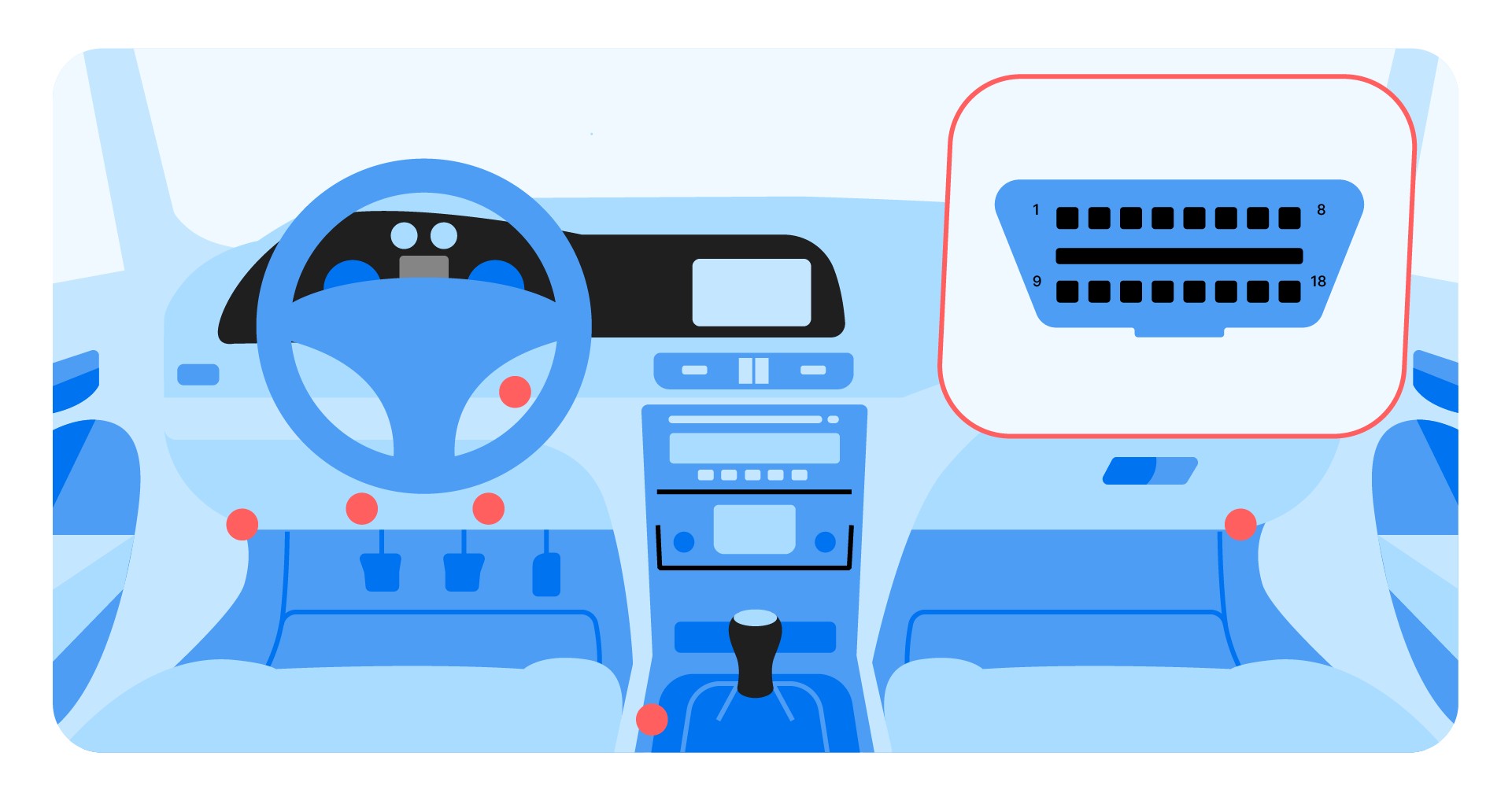Modern cars are complex machines with numerous electronic control units (ECUs). These ECUs monitor and control various systems within the vehicle. When a problem arises, the ECU generates a diagnostic trouble code (DTC), commonly known as an OBD2 fault code. Understanding how to use a cheap OBD2 scanner can empower you to diagnose car problems yourself, potentially saving you time and money on mechanic visits. This guide will walk you through the process.
Types of OBD2 Scanners for the Budget-Conscious
OBD2 scanners range from basic code readers to professional-grade diagnostic tools. For the average driver, a cheap OBD2 scanner, particularly a Bluetooth OBD2 code reader that connects to your smartphone, is sufficient. These cost-effective devices can read and clear basic fault codes and often display live data like engine speed and coolant temperature.
Connecting Your Cheap OBD2 Scanner
Locating the OBD2 port is the first step. It’s typically found under the dashboard, near the steering wheel or center console. Sometimes, it’s hidden behind a plastic cover. Once located, plug the scanner into the port. For Bluetooth scanners, ensure your phone’s Bluetooth is enabled and paired with the device. Then, turn the ignition on, but don’t start the engine unless specifically instructed by the scanner app or manual. This powers up the car’s computer system, allowing the scanner to communicate with it.
Reading OBD2 Fault Codes with a Cheap Scanner
Most cheap OBD2 scanners and their accompanying apps have a simple interface. After connecting and turning on the ignition, you’ll likely see an option to “Read Codes” or “Scan.” Initiate the scan. The scanner will retrieve any stored fault codes.
A typical OBD2 port location under the dashboard.
Understanding OBD2 Fault Codes
Fault codes are alphanumeric, typically starting with a letter (P, B, C, or U) indicating the system (Powertrain, Body, Chassis, or Network) and followed by four numbers. For example, “P0420” indicates a problem with the catalytic converter.
A mechanic using an OBD2 scanner.
Using a Cheap OBD2 Scanner for Used Car Inspections
A cheap OBD2 scanner can be invaluable when buying a used car. It allows you to quickly check for hidden problems. Scanning for codes before a purchase can reveal potential issues with the engine, transmission, emissions system, and more, giving you leverage for negotiation or helping you avoid a lemon.
Using a cheap OBD2 scanner can save money on repairs.
Clearing Fault Codes with a Cheap Scanner
Many cheap OBD2 scanners also allow you to clear fault codes. However, this should be done cautiously. Clearing codes doesn’t fix the underlying problem. It only erases the code from the ECU’s memory. It’s best to clear codes after a repair to confirm the issue is resolved.
Remember, a cheap OBD2 scanner is a valuable tool for basic diagnostics, but it doesn’t replace a professional mechanic’s expertise. If you encounter complex issues or are unsure about a diagnosis, consult a qualified technician.
